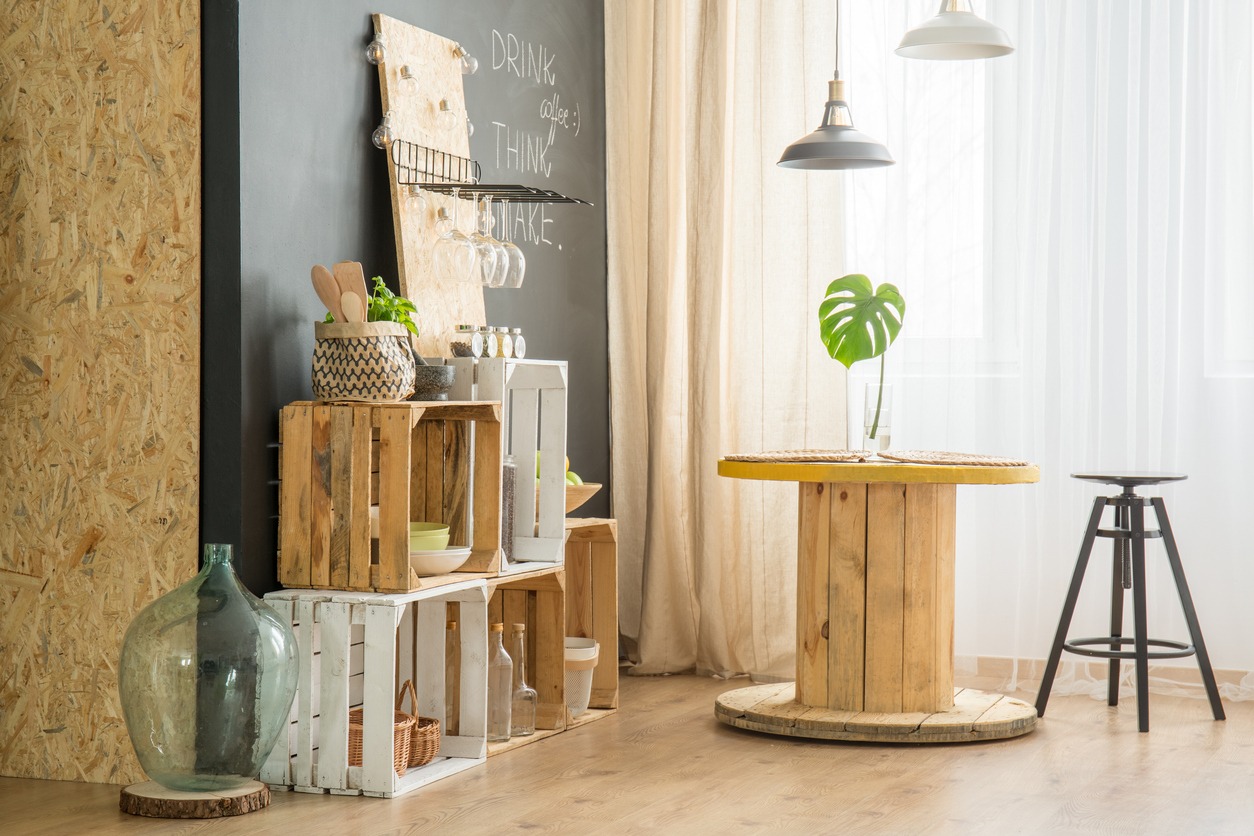Every piece of waste you toss away has the potential to become something new. Instead of sending materials to landfills, a growing movement is reimagining how products are made, used and reused. The circular economy transforms the old linear mindset into a smarter system built on reduce, reuse and regenerate. It’s about keeping resources in motion and designing waste out of the process entirely.
Across industries, forward-thinking startups turn discarded materials into innovative solutions that show sustainability and creativity can thrive together.
What Is a Circular Economy?
The circular economy is a more innovative way of producing and consuming materials, so they are used for as long as possible instead of wasting them. Unlike the traditional model — where products are made, used and thrown away — the circular approach focuses on designing goods that can be repaired or recycled back into the system.
This shift helps conserve valuable resources and cut harmful emissions. It also minimizes toxic materials and encourages the recovery of critical minerals during manufacturing and processing. Combining thoughtful design, advanced technology and responsible consumer choices, the circular economy helps close the loop and build more sustainable industries.
Why Startups Lead the Charge
More startups champion circular innovation because they have something larger companies often lack — speed, creativity and a clear mission. Their size allows them to test bold ideas quickly and pivot when needed, which keeps sustainability at the center of everything they do.
With growing access to green venture funding and investors eager to back eco-friendly solutions, these startups create everything from compostable packaging to circular fashion systems. Consumer demand also pushes them forward, as more people want products that reflect their environmental values.
What starts as a small pilot or local initiative often catches the attention of major brands and policymakers, which proves small-scale innovation can inspire global impact.
Inspiring Examples of Circular Economy Startups
Across industries, innovative startups prove waste can be a powerful starting point for change. These companies build creative, circular solutions that turn discarded materials into valuable new resources.
Sustainable Packaging Solutions
Fiber Interior Packaging demonstrates how sustainability and smart design can work together. The company creates molded fiber and paper-based packaging that replaces traditional plastics, while staying recyclable and compostable. Its approach shows eco-friendly packaging doesn’t have to compromise on strength and quality. This innovative solution can help reduce single-use waste and support brands prioritizing circular design, making sustainability a natural part of everyday products.
Turning Waste Into Resources
TerraCycle shows how waste can be transformed from a problem into a resource. The company partners with major brands to collect and upcycle materials that are usually impossible to recycle — like snack wrappers, coffee pods and toothbrushes. Turning these items into new products proves waste can be a valuable raw material, not destined for landfills. It’s a creative approach that challenges how you think about everyday trash and shows how collaboration can power real circular change.
Circular Fashion and Textiles
For Days actively participates in the movement to make fashion more sustainable. The brand runs clothing take-back programs and resale platforms that keep garments in use longer, instead of sending them to landfills. You can return worn-out items, which will be repaired, recycled or resold to give them a second life. This simple cycle reduces textile waste and shows how clothing can have more than one story. Supporting brands, like For Days, reshapes the fashion industry into one valuing longevity, creativity and conscious consumption.
How Consumers Can Support the Circular Economy
You can make a lasting impact by choosing to buy from circular brands, recycling properly and joining the take-back or refill programs that give products a second life. Your actions don’t have to stop there. Many eco-focused summer camps and nonprofits seek volunteers to support outdoor education programs for children and teens.
These experiences help young people build personal fitness, emotional resilience and leadership skills while developing a deep respect for nature. When you lend your time or make mindful purchasing decisions, you become part of a collective effort to keep materials and values in motion.
Overcoming Challenges in Scaling Circular Solutions
Building a truly circular system has its challenges. High costs, complex supply chain redesigns and slow consumer adoption often stand in the way of progress. Raw materials are often cheaper than recycled ones, because recycled plastics require extra quality control and assurance to meet performance standards. This can make companies hesitant to switch, fearing higher risks or reduced consumer interest in products made from recycled materials.
Policy and infrastructure gaps also limit access to efficient recycling and recovery systems, which creates additional barriers. Still, collaboration across industries can close these gaps. When businesses share resources and align goals, the shift becomes faster and more sustainable.
Redefining Waste Through Innovation and Collaboration
Circular economy startups redefine how you see waste — not as something to discard, but as a valuable resource for innovation. Their work proves creativity and collaboration can turn challenges into sustainable solutions. Greater awareness and collective action accelerate the shift toward more circular industries.
Source link
Jane Marsh biofriendlyplanet.com

